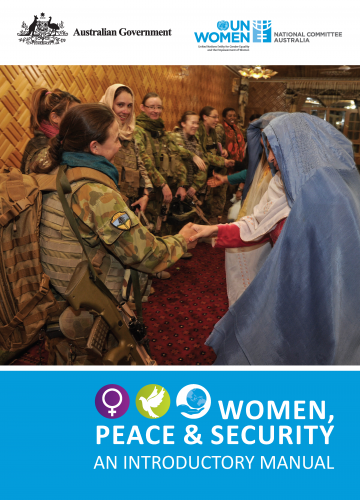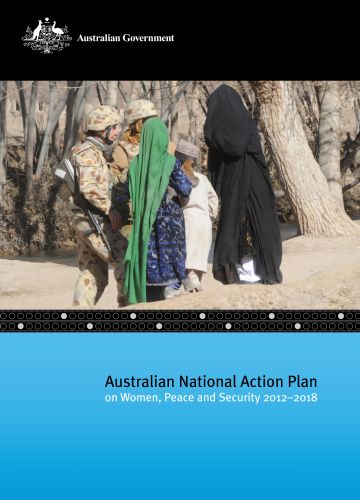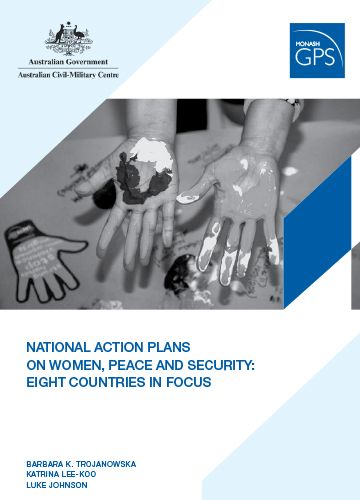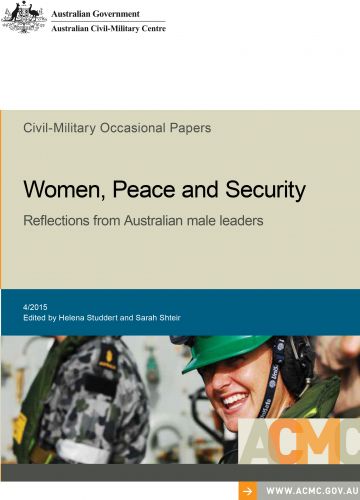Women and girls have a very different experience of conflict and peacebuilding from men and boys. Women are disproportionately affected in conflict situations due to preexisting gender inequalities. During conflict inequalities are exacerbated and can manifest in many ways, including sexual and genderbased violence, a lack of access to basic resources to meet needs, and increased responsibilities at a time when women are already overburdened. Women are also under-represented in the formal conflict prevention process, reconstruction and peacebuilding efforts. Despite women playing important roles in grass-roots peacebuilding, their voices are consistently underrepresented among those who participate in formal peace negotiations. For example, of the 14 United Nations co-led formal peace negotiations in 2011, only four included women at the table as party delegates.
Women, Peace and Security is not a women’s issue, it is a community, State and global issue. As such it requires the contribution of and commitment to more gender inclusive participation. Any approach to implementing the Women, Peace and Security agenda, in particular United Nations Security Council Resolution (UNSCR) 1325, needs to draw on a gender and development approach. A gender and development approach recognises that a fairer distribution of human responsibilities must aim to transform men’s roles as well as those of women. This perspective directs attention to gender relations and the distribution of power between men and women as well as dealing with other social relationships such as socio-economic status and cultural background.
This resource aims to give people an overview of the Women, Peace and Security agenda, why it is important and how Australia is responding to the requirements of UNSCR 1325. The introductory manual will provide readers with sufficient resources to run educational workshops on this issue.
This manual will outline what is meant by the term ‘Women, Peace and Security’ and why it needs to be at the forefront of any work undertaken in conflict or post-conflict settings. It discusses how and why women experience conflict and peacebuilding differently to men, and why it is vital for women to be involved in formal peacebuilding processes in order for peace to be more sustainable for the whole of society.
It will investigate the international instruments implemented by the United Nations that recognise the unique situation of women and girls in conflict and the value of their contribution in conflict prevention and the maintenance of peace. In particular, the manual focuses on the UN Security Council resolutions which cover aspects of the Women, Peace and Security agenda, UNSCR 1325 and its supporting resolutions.
The manual will discuss Australia’s response to the Women, Peace and Security agenda, specifically the development and implementation of the Australian Government’s National Action Plan on Women, Peace and Security (NAP). It also includes a brief overview of how the Australian NAP has been implemented and provides an analysis on improving its application to conflict and post-conflict environments. There is an outline of what individuals and civil society organisations can do to ensure Australia realises its commitments to implementing UNSCR 1325.
There is a wealth of diversity in the material available on Women, Peace and Security and this manual is not intended to be exhaustive. It is important to remember that women are not a homogenous group, and no one experience of conflict or peacebuilding will be able to tell the whole story of women’s involvement in these areas.







